Protection & Restoration
NWI puts the science of restoration on the ground, using a full array of conservation tools, to protect and restore at-risk species and habitats. NWI works with willing landowners and partner organizations to permanently protect high priority habitats through land acquisitions, conservation easements, and advocacy. NWI has implemented hundreds of restoration projects including removing fish passage barriers, and restoring streams, wetlands, and wildlife habitats.
Protection
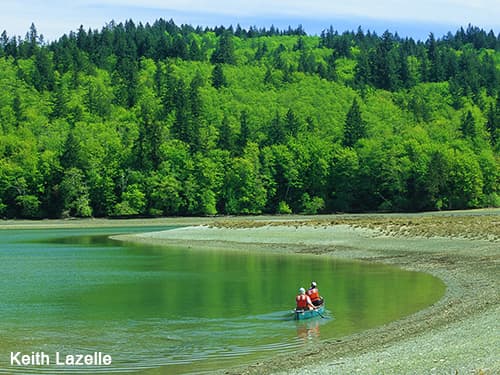
Permanent protection of critical habitats is the foundation for watershed restoration. Protected land harbors rare, threatened and endangered species, and allows for animals with wide ranges -- such as beaver, bear and cougar -- to migrate. NWI works with cooperating landowners to protect high priority habitats through acquisition or conservation easement, in cooperation with the local land trust.
Restoration
Fish Passage
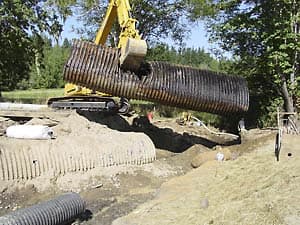
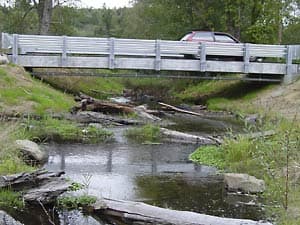
Removing structures that block salmon migration is a highly effective restoration strategy. NWI staff have worked on over 50 fish passage projects in Oregon and Washington to repair or replace road culverts and small dams, remove roads, build bridges, fish ladders, stream simulation culverts, and install culvert modifications.
Streams
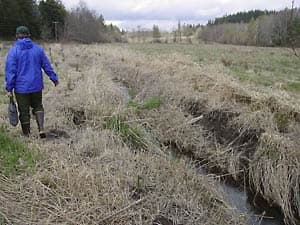
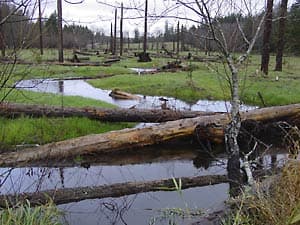
Historically, many streams in the valleys of the Pacific Northwest were straightened and cleared of streamside vegetation for agriculture. By adding large wood, re-meandering stream channels, and replanting with native vegetation, habitat for fish and wildlife improves. NWI specializes in design and construction of instream restoration projects.
Wetlands
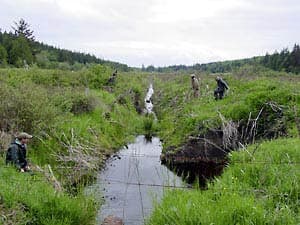
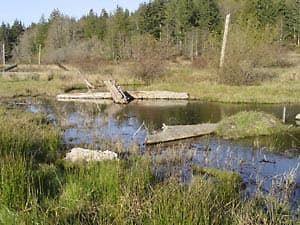
Starting in the 1800s in the Pacific Northwest, many of the productive stream and river valleys were cleared and drained for agriculture or development. NWI has gained experience over the past decade in restoring wetland hydrology and vegetation, which in turn improves flood storage, water quality, and fish and wildlife habitats.
Marine Shorelines
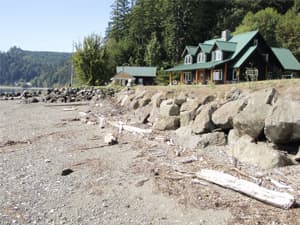
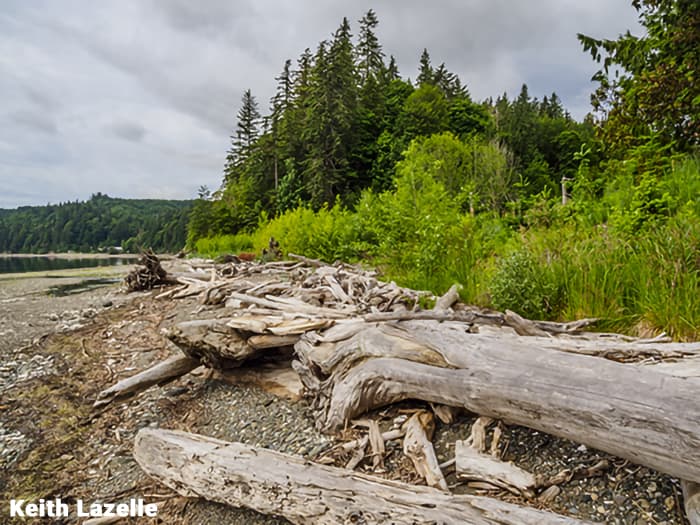
Armoring shoreline with bulkheads, clearing native riparian vegetation, and stormwater and septic runoff can cause significant impacts to fish and wildlife and water quality in the marine environment. NWI works with willing landowners to improve shoreline conditions where feasible, including removing unstable roads and bulkheads and re-vegetating shorelines.
